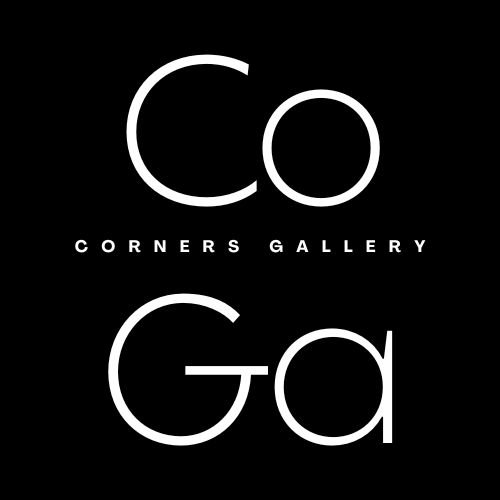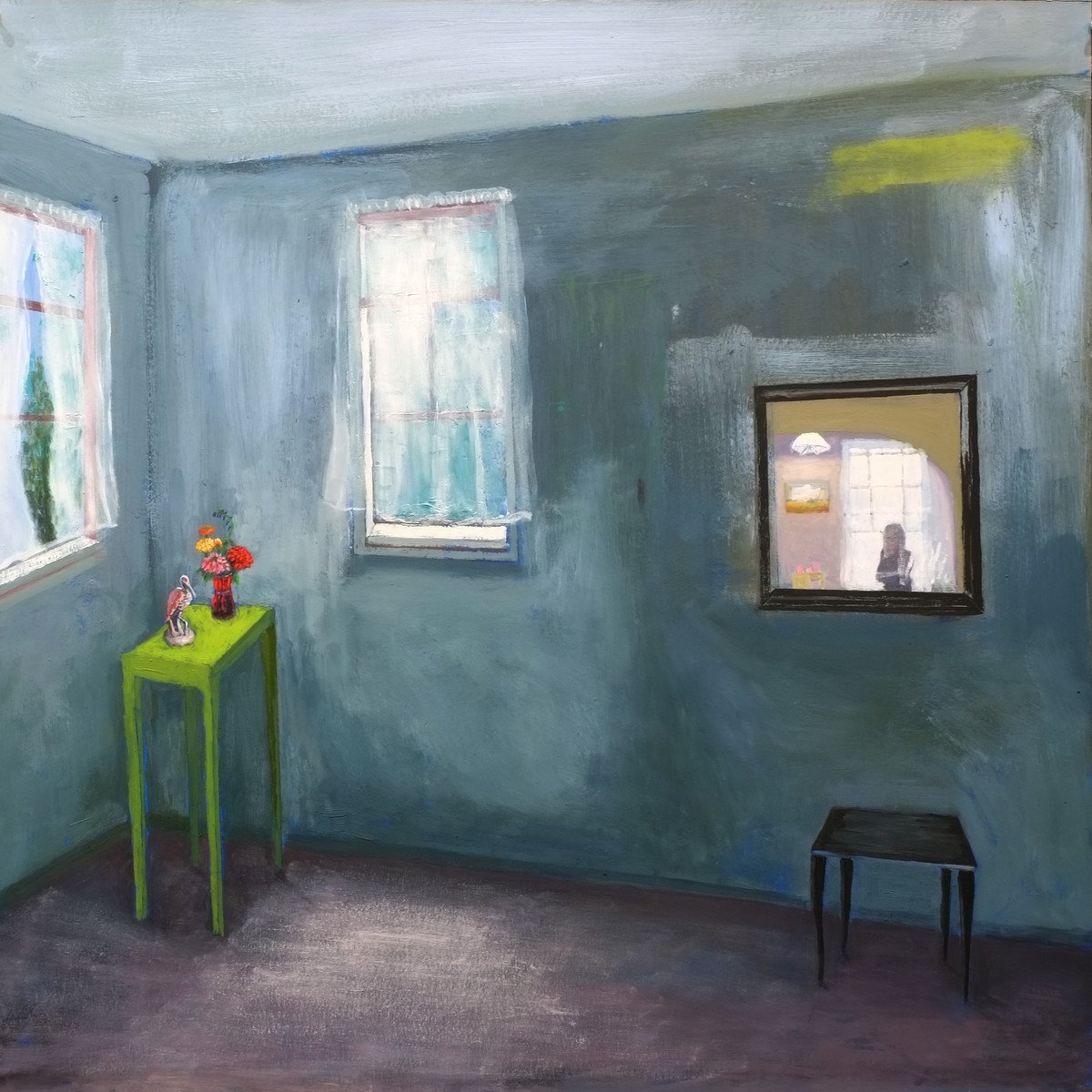Lin Price / artist statement
Themes that arise in my paintings are the experiences of desire, regret, and joy. Through imagination, playful creation of abstracted spaces, and color composition, I attempt to show a painted world that is mysterious and sometimes noble, rather like the one we live in.
Jewel Box, 30” x 24” x 24”, oil on panel, 2022-2023
Lin Price / Biography
Lin Price's solo exhibitions include: AXOM Gallery and Exhibition Space, Rochester, NY; Handwerker Gallery, Ithaca, NY; The Buffalo Arts Studio, Buffalo, NY; Dowd Gallery/SUNY Cortland; SUNY Onondaga CC, Syracuse, NY; 121 Cedar Arts, Corning, NY; and Hartell Gallery, Cornell University, Ithaca, NY.
Invitational and small group exhibitions include: The Painting Center, NY, NY; Rochester Contemporary (ROCO), Rochester, NY; Sarah Silverman Gallery, Rockland, MD; Munson-Williams-Proctor Art Institute in Utica, NY; Blue Mountain Gallery, NY, NY; XL Projects in Syracuse, NY; Elisa Pritzker Gallery, New Paltz, NY; Berkshire Museum, Pittsfield MA; Rackham Gallery/University of Michigan, Ann Arbor, MI; H. F. Johnson Museum of Art/Cornell University; River Gallery, Chelsea, MI.
Price received a BFA, Ithaca College, and an MFA painting, Bard College/Milton Avery Graduate School for the Arts, Annandale, New York. Awards and honors include: Joan Mitchell award nominee; NYFA/SOS grant; NYSCA Fellowship through CAP in Tompkins County, NY; Cornell Council on the Arts grant; and the Elaine DeKooning Memorial Award for painting, Bard College. She taught painting and drawing at Ithaca College 2002-2020. Her work is in the collection of the Munson-Williams-Proctor Museum, Utica, NY, and numerous private collections.
Curator’s interview with the artist / March 2022
-In the current exhibition at Corners Gallery, the selected work seems to convey dream-like qualities of absence and mystery. Can you share with us some of the narratives in your paintings? Are the paintings pre-conceived, or are the stories primarily unplanned?
Sometimes I think I have a pre-conceived idea of what a painting will look like, or what it will be about, but it is rare that things actually turn out as planned. My paintings go through numerous shifts, even major changes as they are developing. Rather than a linear narrative, I believe the work might suggest a story. More often than not, they have an over-arching theme. For instance, Search Party was painted about a year after losing my mother (who had Alzheimer's disease) during those first rounds of Covid that swept through nursing homes across the country in 2020. So it felt like I had lost her twice. And I missed her. Terribly. So the painting gradually evolved and changed over time. In fact, two days before I was to deliver it to the gallery, I added the small self-portrait on the left side. Suddenly it felt complete, and had a hopefulness that had been missing. I think the painting River, speaks to isolation, aging, and loneliness...but there is that dark horse, still running! (continued below)
Morgenzimmer, 24” x 24” x 2”, flashe and oil on paperboard, mounted on panel, 2021
Transparency of Time, 30” x 24” x 2”, oil on panel, 2022-2023
-Color is obviously of major importance in your larger works. Do you consider the emotive impact of color when you are composing your paintings?
Yes, that was part of my training as a painter, to pay attention to what color is doing in terms of expressiveness and emotion, and how a color reacts and changes depending on other colors placed near it. In school I studied Hans Hoffman's ideas about force/counter-force in terms of color on a canvas, and Kandinsky's ideas about the musicality of color. When I was teaching I developed exercises for my students based on some of these ideas, because I wanted my students to understand they were working with powerful stuff.
-The paint layers are thick, almost three dimensional, creating an expressive canvas. Have you always worked in this manner?
I've been experimenting with texture fairly recently, for two or three years. I imagine it is like learning to play drums when you've always played piano. I really enjoy the directness of this kind of painting, and I also love working with brushes to make smoother surfaces. So I tend to flip back and forth, or combine ways of working. (continued below)
Twilight House, 18” x 24”, oil on canvas, 2017
-You’ve recently retired from teaching, how has that affected your art practice? Do you see a difference in your work?
I never thought of it as retirement, to me it was an opportunity to focus on my painting life and be in my studio full-time. I'm busier than ever and am fully engaged in my work, still learning. I feel like my work is getting stronger because I'm not as distracted, or pulled away by other things anymore.
-I see your work as almost literary, with a start, and a pause, and then repeating, like a poem. Did you grow up with artists or writers in your family?
I feel like I grew up with artists and writers that I adopted as I discovered them. My biological family tolerated this and my being an 'odd duck'.
-Who are your artistic influences? If you could share a meal with one of them, who would it be, where would you dine, and what would you eat?
Influences are many and varied over time, but currently I'm looking at Fra Angelico and Indian miniature paintings. Recently I saw Brenda Goodman's figurative paintings, as well as the Jasper Johns retrospective in NYC, so I'm thinking about their work and the way they seamlessly traverse between figuration and abstraction, and mediums. I don't know about a meal, but someday I want to leave a few paintbrushes, some smokes, and three small tubes of paint (red, black, and white - his favorite colors) on the grave of Philip Guston.




